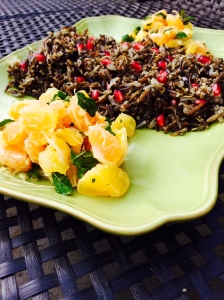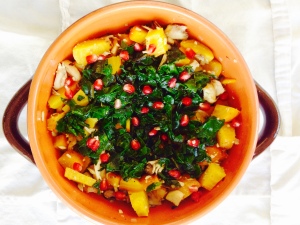In Vayetzei, we read that Jacob leaves Beer-sheva at sunset to travel to Laban’s house. Jacob is at Laban’s house for 20 years, during which time he faces many challenges and uncertainties that shroud his life in darkness. After the 20 years there, he leaves Laban’s house at sunrise.
The Etz Hayim commentary describes “the 20 years at Laban’s house as a ‘dark night for the soul,’ years spent struggling with the dark forces represented by Laban’s treachery and Jacob’s confronting his own attracting to deceit” (p. 166).
However, despite the challenges and darkness that Jacob deals with in the 20 years, he also connects with God. Etz Hayim continues, “when the Sages attribute to Jacob the institution of the evening prayer (Ma’ariv), they may be crediting him as the first person able to find God in the midst of darkness” (p. 166)
Jacob’s time of darkness was an opportunity for him to find God. And, as Yael Shy comments, “Jacob leaves us with the challenge of recognizing our encounters with God in all God’s forms.” There are many dark and challenging parts of our lives and society. Our food system is one. How is it possible that the wealthiest nation in the world has 45.3 million citizens living in poverty and 49.1 million hungry people? In addition, for 29 million Americans who live in low-income areas, the nearest supermarket is more than a mile away. When someone is poor, without transportation and/or living in a low-income area without a supermarket, it significantly hampers one’s ability to eat nutritious food. Despite, this dark aspect of our society, there are countless individuals who recognize this challenge and are re-imagining our food system.







